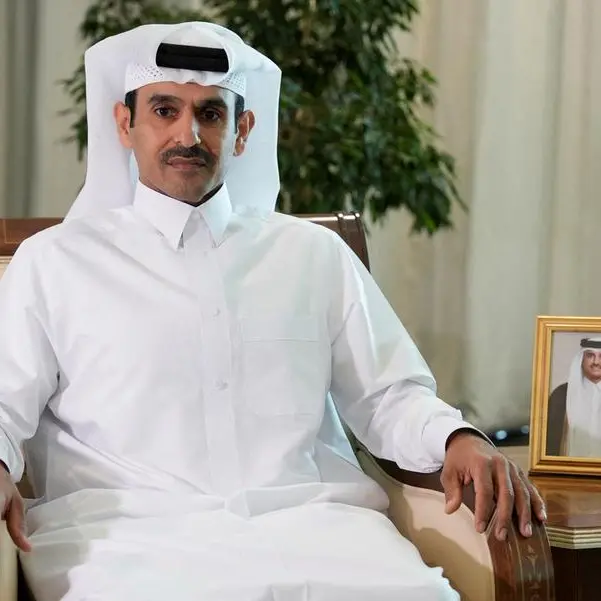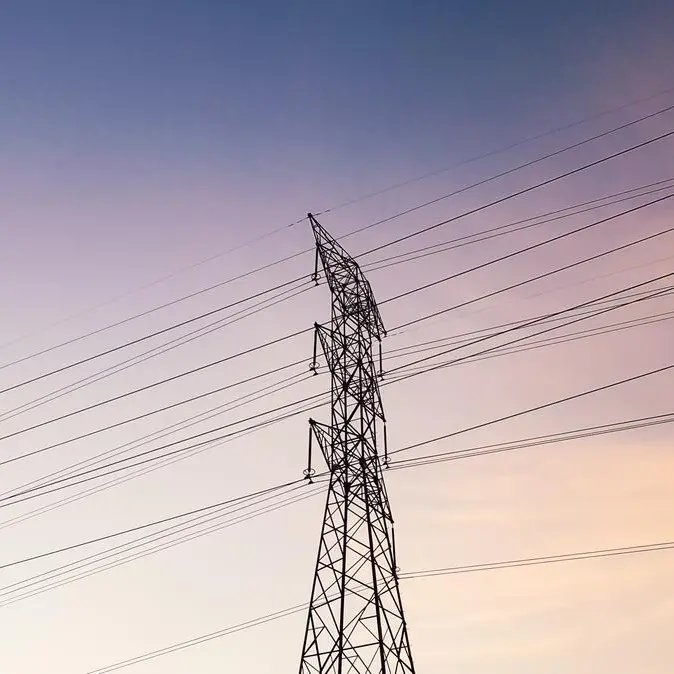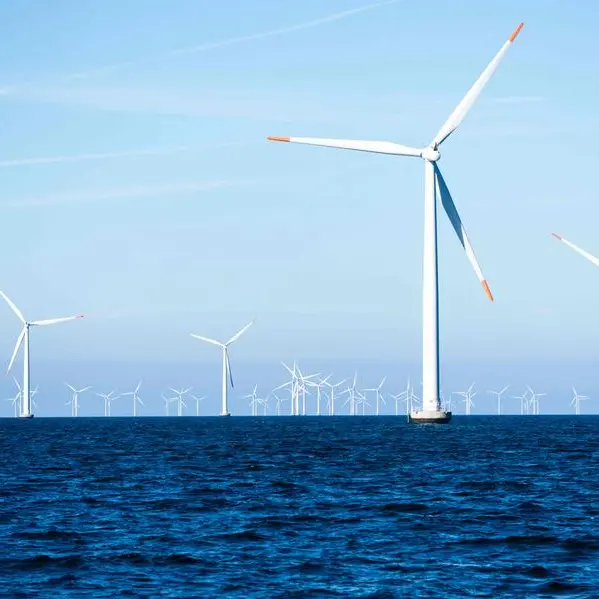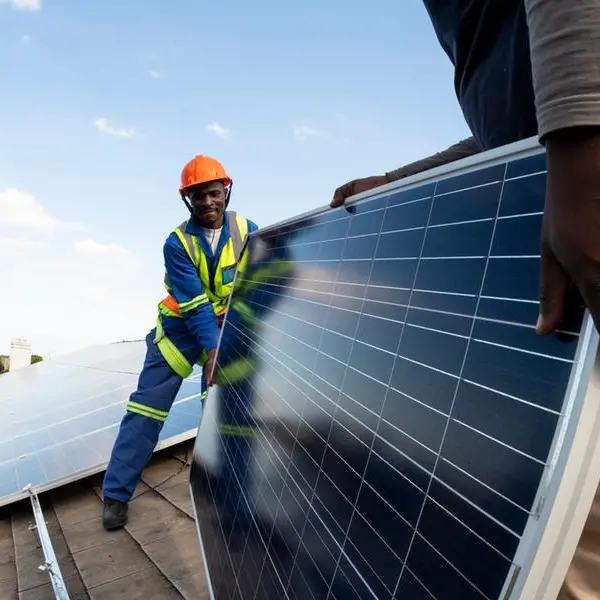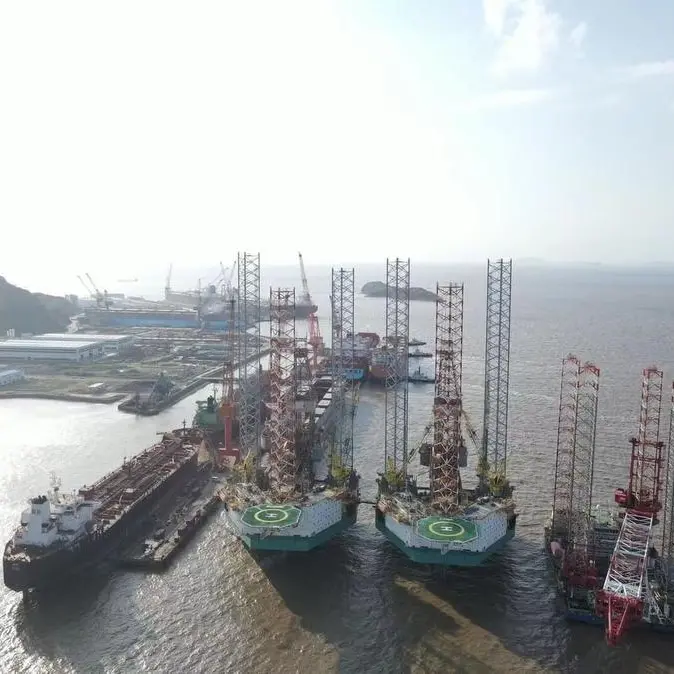New Delhi: Energy storage systems are set for a boom across the value chain -cell manufacturing and components of cells, as per a report by SBI Capital Markets. This they said would be aided by various helpful government directives and elevated demands.
India is poised to significantly augment its energy storage capacity, with a projected 12-fold increase to 60 GW by 2031-32.
"The decreasing cost of energy storage technologies is a pivotal factor driving their widespread adoption," said the report.
The report highlighted that the inherent mismatch between surplus capacity and power demand profiles can lead to grid instability, which necessitates the demand for energy storage systems.
Battery Energy Storage Systems (BESS) and Pumped Storage Projects (PSP) emerge as a dynamic duo, being two key and complementary technologies, said the report published earlier this week.
Two storage methods are expected to capture virtually 100 per cent of the pie.
"BESS (Battery Energy Storage Systems) will be the dominant technology, helped by its locational flexibility, promise of technological improvements dipping tariffs further, improving discharge characteristics, and rapid response time," said the report.
The SBI Capital Markets report explores the role of energy storage systems in navigating the energy transition.
Batteries and associated components make up about 80 per cent of a battery energy storage system's cost.
"Currently, battery cells and their upstream ecosystem are highly concentrated in China, making India vulnerable to imports in times of geopolitical complexity," read the report.
The report noted that the government has recognised the indigenisation imperative, as it has introduced a production-linked incentive for advanced cell chemistry.
India meets a sizable portion of its energy needs through fossil fuels, and various renewable energy sources, including green hydrogen, are seen as an avenue to reduce the dependence on conventional sources of power. Green energy for climate mitigation is not just a focus area for India, but globally it has gained momentum.
India aims to reach 500 GW of non-fossil electricity capacity by 2030, besides generating half of all energy requirements from renewables.
© Muscat Media Group Provided by SyndiGate Media Inc. (Syndigate.info).
